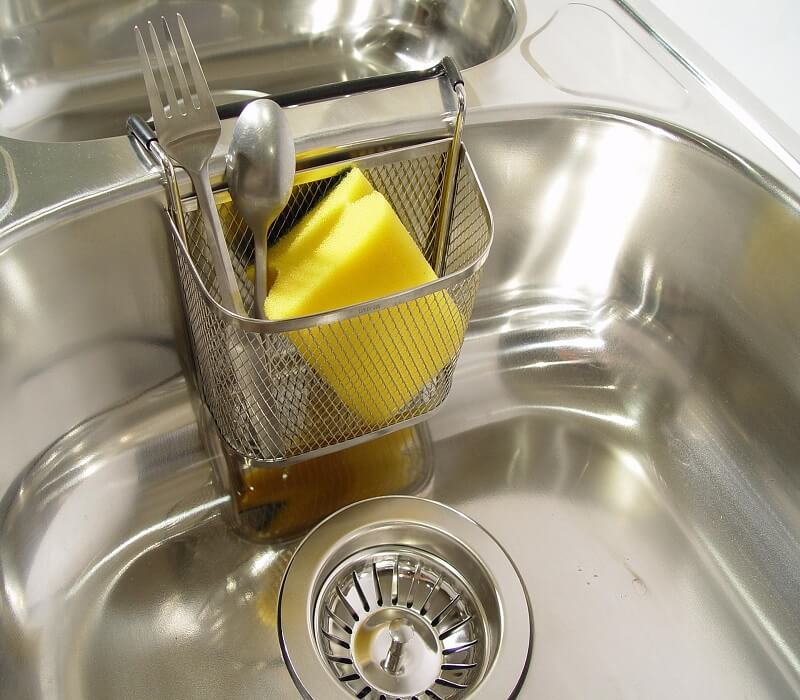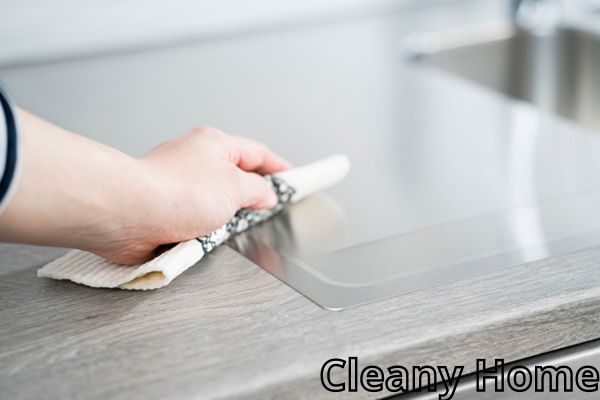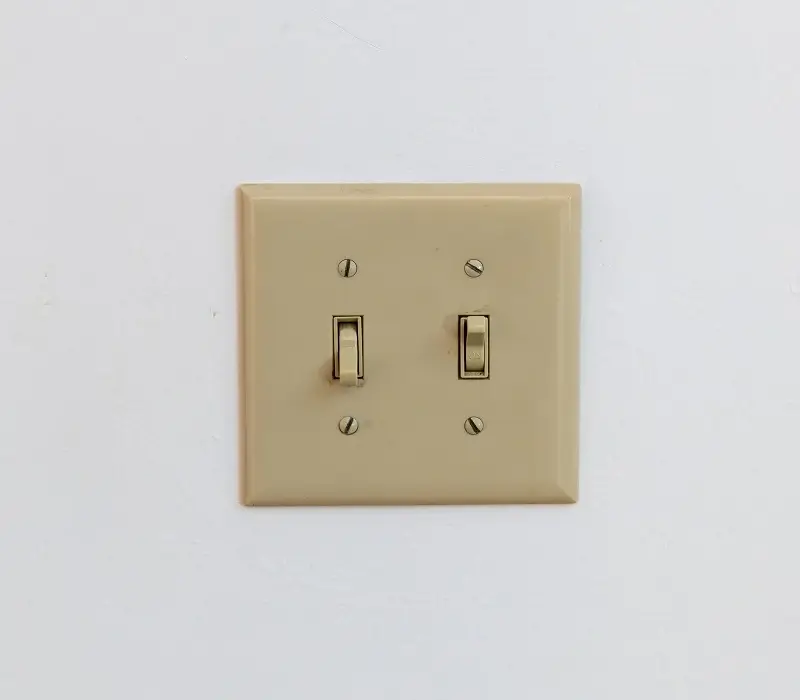
Stainless steel is one of the most commonly used materials for house appliances. It is durable, heat-resistant, and requires low maintenance. Nevertheless, contrary to its name, “stainless steel” can actually be stained. For example, the white film on your stainless steel surface is the result of salts present in the water (primarily calcium, magnesium, and sodium salts). So how to remove salt stains from stainless steel?
The good news is that most of what we’ll need to solve this issue is already available under your kitchen sink. That’s right. It’s vinegar, baking soda, and some other inexpensive products.
Table of Contents
The Steps How to Remove Salt Stains from Stainless Steel
Vinegar & Baking Soda
Everyone agrees that vinegar is one of the most effective natural cleaning agents. It is affordable, efficient, and often produces excellent results within a short period of time. And to remove the salt stains from your stainless steel, we will mix this ingredient with baking soda.
If the stained area is large, mix a good amount of baking soda with vinegar until it forms a consistent paste. Apply it to a soft cloth and rub the stain.
On the other hand, if the salt stain is small, just dampen a soft cloth in vinegar, dip it in baking soda, and wipe it off the affected area. Then rinse with another clean cloth and repeat if needed.
Blue Dawn
Salt stains on stainless steel aren’t tricky to remove. All it takes is the right product, such as Blue Dawn and some elbow grease.
Put a few drops of Dawn on a damp cloth. Then, just rub the salt spot until it comes out. Rinse the affected area, and repeat this operation if the stain doesn’t come off after the first application.
Make sure to use a soft cloth, so you don’t scratch the stainless steel surface.
WD-40
The following product is probably not under your kitchen sink, but it’s inexpensive and can also provide you with great results. WD-40 is an excellent solution for removing several tough stains from various surfaces, including stainless steel.
And here’s how to use it properly to remove the salt stain from your stainless steel: Spray some of this product on a cloth and rub it over the stain. Repeat this method as many times as necessary. Finally, rinse the whole area, and you’re done. Your stainless steel should be sparkling once again.

What Causes Salt Stains on Stainless Steel?
While there are several causes for those unsightly white deposits on stainless steel surfaces, the most common culprit is tap water (Hard water, more precisely). When water dries, it leaves behind that white film, mostly calcium, magnesium, and sodium salts.
The most straightforward approach to avoiding this stain is regularly cleaning your stainless steel. However, installing a water softener will remain the best option.
This latter will eliminate calcium, magnesium, and other minerals from your water. I know it’s an expensive option, but you’ll definitely reap its benefits in the long run.
A water softener can also enhance your everyday cleaning, increase appliance life, improve drinking water, and more.
Conclusion
Salt stains on a stainless steel surface aren’t a big problem. They can easily be removed when putting the right products to work, such as baking soda and vinegar. These two natural and affordable products are the ones we recommend the most to get the best results with the least amount of work.
And there you have it, the complete quick guide on how to remove salt stains from stainless steel. As usual, it’s always a pleasure to read your thoughts. Thus, if you got a unique cleaning hack in your pocket that we didn’t mention above, feel free to share it in the comment section below.
Also, salt isn’t the only thing that can stain your stainless steel. Harpic, a typical household cleaner, can also cause the same problem. And to help you deal with this issue, we’ve recently published an in-depth guide on the perfect way to deal with harpic stain on a stainless steel sink.
How do you clean salt off of stainless steel?
To clean salt off of stainless steel, you can mix equal parts vinegar and water in a spray bottle and apply the solution to the affected area. Then, wipe the surface with a microfiber cloth or sponge in the direction of the grain of the stainless steel. This should remove the salt residue and restore the shine of the stainless steel. Avoid using abrasive cleaners or scrubbing pads, which can scratch the surface of the stainless steel.
How do you remove dried salt stains?
To remove dried salt stains, mix equal parts warm water and white vinegar in a spray bottle, apply the solution to the affected area, let it sit for a few minutes, scrub the area gently with a soft-bristled brush or sponge, rinse with clean water, and dry with a soft cloth. Avoid using abrasive cleaners or scrubbing pads, as they can damage the surface.
Can salt damage stainless steel?
Yes, salt can damage stainless steel. If left on the surface for an extended period, salt can cause corrosion, discoloration, and pitting on stainless steel. It’s important to clean salt off of stainless steel promptly to prevent damage and maintain the appearance of the surface.
Does baking soda remove salt stains?
Yes, baking soda can help remove salt stains from various surfaces, including carpets, shoes, and floors. You can sprinkle a generous amount of baking soda over the affected area, leave it for several minutes to absorb the salt, and then vacuum or sweep it away. Baking soda can also be mixed with water to create a paste and applied to the salt stains as a more targeted treatment.
Are salt stains permanent?
Salt stains can be permanent if they are not removed promptly or if they are left on the surface for an extended period. The salt residue can cause discoloration and damage to certain materials, such as leather, suede, or concrete. It’s important to clean salt stains as soon as possible to prevent them from becoming permanent.
We're an affiliate
We hope you love the products we recommend! Just so you know, CleanyHome.com is a participant in the Amazon Services LLC Associates Program, an affiliate advertising program designed to provide a means for sites to earn advertising fees by linking to Amazon.com.

![How to Get Rid of Spiders in the Basement [9 Effective Tips]](https://supercleanworldall.com/wp-content/uploads/2021/07/depositphotos_125531742-stock-illustration-the-pattern-with-spiders.jpg)
